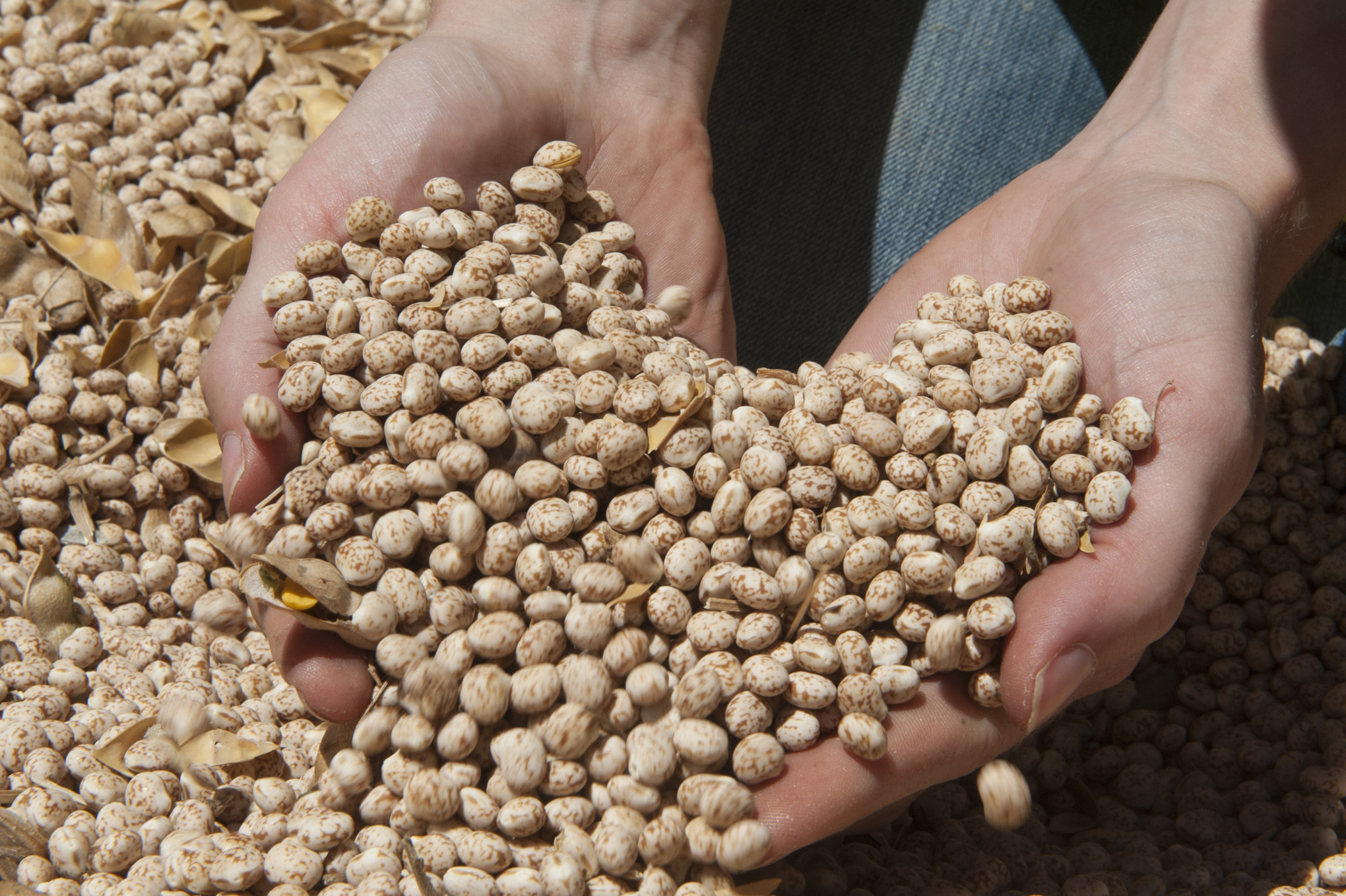
By Jeff Russell, Western Australian Grains Biosecurity Officer
Australian growers rely on effective biosecurity to protect their farms. To minimise the risk of plant pathogens and pests spreading through the transportation of seed, there are a few simple farm biosecurity practices that can boost farm hygiene when planning to sow winter crops. Prevention is better than cure, so taking the time to plan, will help minimise problems down the track.
Some measures to boost farm biosecurity practices include:
Remove the ‘green bridge’
Before seeding, it is important to decrease the impact of a ‘green bridge’, depending on the amount of summer rainfall in the region.
Some pests and diseases can survive in seed, stubble or soil, others require green plant material to survive, this is known as the ‘green bridge.
By controlling weeds and volunteer plants in paddocks prior to sowing, not only is soil moisture preserved, but it breaks the ‘green bridge’ pest cycle.
Removing the ‘green bridge’ is possibly the easiest and most effective measure to protect new season crops. It helps control insects, fungal pathogens, and hard to kill weeds or those that are developing resistance to pesticides.
This practice also includes controlling weeds along fence lines and road verges.
Seed quality
Planting quality seed is crucial to ensure strong seedlings and increased crop yields, but equally important, it prevents early season diseases and poor crops.
Seeds should be examined for weed seeds and signs of fungal contamination, regardless of whether they are newly purchased or sourced from previous harvests.
It is also important to check any certification related to seed purchases. Undertaking germination and vigour tests are also useful measures to ensure high quality seed is used.
Clean seeding machinery
Moving seeding machinery between paddocks or areas isolated from one another, can lead to contamination and the spread of weeds.
Pests and diseases can hide in machinery that traps seed or soil. It is important to thoroughly clean machinery before planting starts.
In the event of using contractors or contract machinery, it is even more important to ensure seeding equipment is clean.
Using a mobile air compressor or a high-pressure gurney to clean machinery between paddocks is advised. Undertaking a quick clean down before leaving one paddock and proceeding to the next, significantly reduces the risk of spreading soil-borne pathogens and weed seeds on-farm.
Having a dedicated washdown bay with a containment trap on-farm is a very useful facility. Monitor this area in the weeks following seeding for anything unusual.
It is important to provide pre-seeding contractors spreading lime or clay, or spraying paddocks with information about any pest problems that may occur on-farm. This allows them to plan operations and reduce the risk of spreading the problem to other areas on-farm or to neighbouring properties.
Have a plan to manage risk
Some paddocks are more prone to biosecurity risks than others, so developing a plant plan that delays planting in problematic paddocks until later in the process, is advisable. This means leaving weedier paddocks or those with known soil diseases until last, to reduce the risk of spreading pests and weeds to uninfected areas.
Keep records
Keeping up-to-date records of any products used on-farm is useful to maintain product integrity. Keep batch numbers and records of when and where applications were used. More detail makes it easier to identify the source of any future problems. Records should include:
Simple farm biosecurity practices are strengthened by a ‘come clean, go clean’ approach that can reduce the introduction and spread of pests and diseases.
Visit the Grains Farm Biosecurity website for helpful factsheets, videos, how-to guides, online courses and strategies to help you improve your biosecurity practices.
Launched in 2007, the Grains Farm Biosecurity Program (GFBP) is managed by Plant Health Australia (PHA) and funded by growers through Grain Producers Australia (GPA). The GFBP is an initiative to improve the management of, and preparedness for, biosecurity risks in the grains industry at the farm and industry levels.
Originally published in the March-April 2024 issue of Groundcover
Image: Department of Primary Industries and Regional Development (DPIRD).